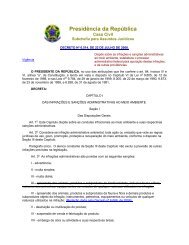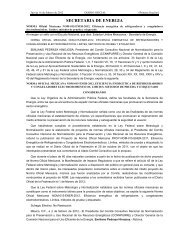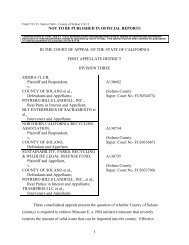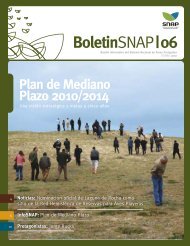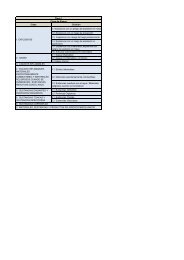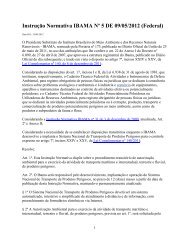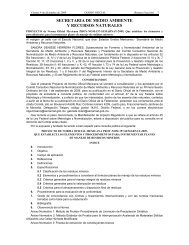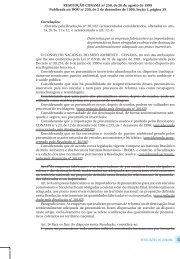OceAn science OceAn science OceAn science
OceAn science OceAn science OceAn science
OceAn science OceAn science OceAn science
Create successful ePaper yourself
Turn your PDF publications into a flip-book with our unique Google optimized e-Paper software.
Rationale<br />
Waters from the open ocean, coasts, coastal watersheds, and Great Lakes present health<br />
risks to people through the consumption of contaminated seafood or drinking water<br />
(containing pathogens, toxins, or current or emerging contaminants); direct contact<br />
through recreation, work, and weather events; and indirect contact such as breathing salt<br />
air that may contain algal toxin aerosols. Illnesses due to the consumption of contaminated<br />
shellfish and finfish are estimated to affect hundreds to thousands of people per year 27 .<br />
However, these figures are uncertain due to major gaps that exist in illness reporting and<br />
epidemiological knowledge of seafood-caused 28 human illnesses 29 . Given the number and<br />
diversity of marine organisms and associated pathogens, the ocean should not be overlooked<br />
as a potential reservoir of pathogenic threats to humans 30 . Isolating the causes and<br />
impacts of these hazards will help protect human health and safeguard the quality of the<br />
seafood supply.<br />
In addition to providing a wealth of known resources such as food, the ocean is full of<br />
potential human-health assets. In recent decades, scientists have discovered whole new<br />
ecological communities in the ocean with unique biochemical systems, such as those associated<br />
with thermal vents and hydrocarbon seeps. These communities, along with ones<br />
yet to be discovered, hold huge possibilities for development of products to improve human<br />
health and well-being. Prior discoveries that now have practical applications include<br />
pharmaceuticals (i.e., anti-cancer drugs), diagnostics (i.e., endotoxin detection), molecular<br />
probes (used in biochemical process/disease research), and nutrients (e.g., xanthophyll<br />
feed additives derived from algae) 31 .<br />
40




